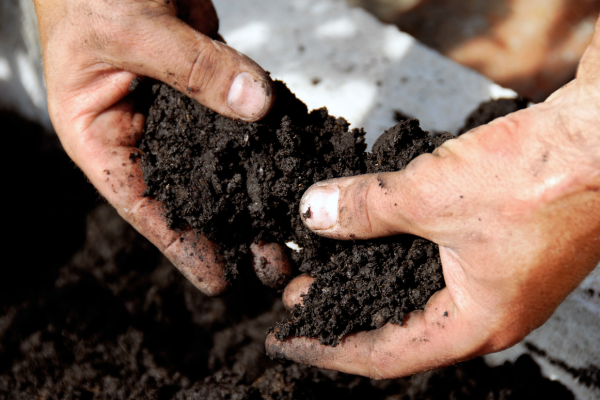
Soil Type and Fertility
Fertility is indeed of major importance. Sandy soils have limited nutrient and water-holding capacities and are prone to leaching and fluctuations in soil pH. Moisture stress certainly plays a major role, but other factors are also involved. Sandy soils require a higher level of management for lime and fertilizer to sustain higher yields. Research in the Southeast U.S. has shown the single most yield-limiting factor is soil acidity (low pH) This data indicates that growers are not addressing the lime needs of soybeans. Optimum yields cannot be achieved without adequate lime. Soybeans are more sensitive to high levels of soil acidity than most other field crops. The optimum pH for soybeans on sandy and clay-textured soils ranges from 5.8 to 6.2. The optimum ranges for corn are between 6.5 – 7.0. Yields on mineral soils decline as soil pH decreases below pH 5.5. For organic soils, optimum soybean yields can be achieved at pH 5.0. Research has also shown a 15-bushel yield increase on acid soils with an application of one ton of lime per acre.
Liming and Soil pH
Sample soils and apply lime as necessary to get the pH to the desired maintenance levels prior to converting to no-till. Apply the required lime in the fall and incorporate into the top 2-3 inches of the soil. Lime requirements should be based on buffering the top 2-3 inches of soil.
- The amount of lime applied at one time should be reduced by 50-70% with no-till compared to conventional tillage.
- Studies show that lime slowly works itself down into the soil in the absence of tillage at a rate of about 1 inch/year; more frequent application of smaller amounts of lime is recommended.
- Apply the lime in the fall or on frozen ground to avoid compaction. Since soybean response to lime is usually greater than corn it is advisable to lime ahead of soybeans if possible.
- Read more about liming and soil pH >
Dr. John McNamara // Wilbur-Ellis Agronomist


